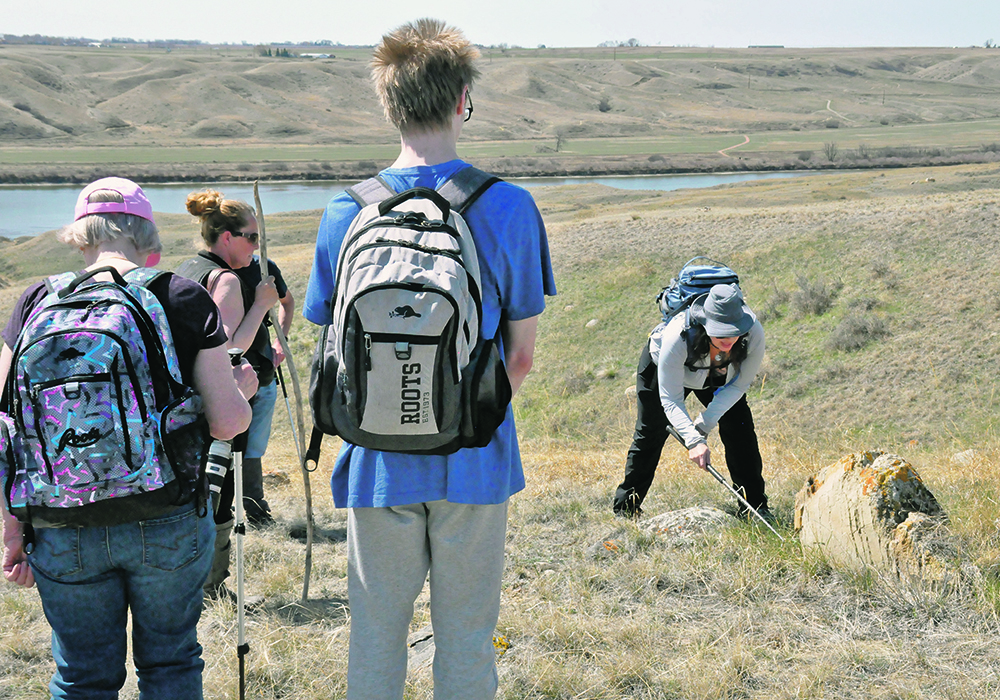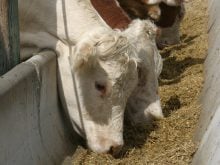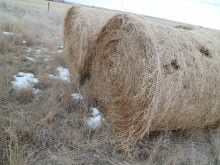Those working to preserve the region’s snakes say human development is the biggest threat, but this can be managed
Managing any species on the last remaining vestiges of native prairie in southern Alberta and Saskatchewan is difficult because the largest unbroken tract on the continent of indigenous grasslands is under threat.
Bull snakes and rattlers are no exception, but Sherri Monk, owner of Snakes on the Plains, is working to increase understanding of the reptile, its environment and the threats to the species’ continued existence.
The speed in the growth of renewable energy projects represents the latest challenge because construction of some of the larger wind turbine farms has encroached on the snakes’ native habitat.
“There has been an influx in renewables in the Medicine Hat area in the last couple of years,” said Monk during a field day to educate about a half dozen area people on southeastern Alberta’s resident snake population. “Which means there has been a lot of activity in areas which haven’t had a lot of activity historically.”
Snakes on the Plains has been hired to help renewable companies manage populations and develop educational programs to teach workers what to do when they come across sometimes dense populations that can be found in the region.
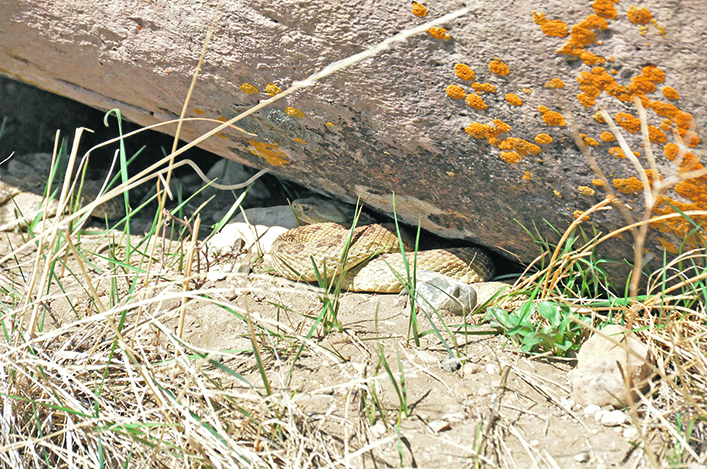
Monk said human development is the biggest threat to Alberta’s snake population.
The issue can be managed but too often the problem is only recognized once work is underway.
Much of that is because there is little documented research on identifying snake habitat in the rattle and bull snake range of southwestern Saskatchewan and southeastern Alberta.
Snakes can play roles in controlling ground squirrels, said Monk.
“Unlike raptors, they can get right in the holes. Small snakes are eating baby ground squirrels, adults are taking the adults and you have a non-toxic, systemic, all ages approach to controlling some of those numbers,” said Monk.
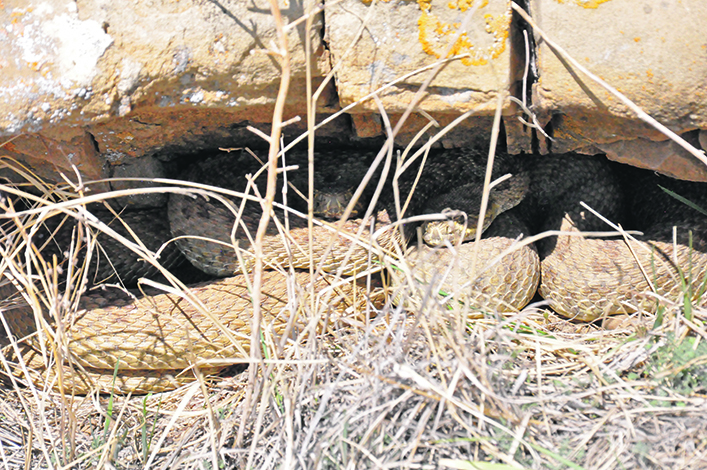
While the new, more strict federal regulations governing strychnine use for controlling ground squirrels is meeting resistance from some producers, Monk said it’s a question of whether to look at pest management in the long-term or short-term perspective.
“Phasing out of strychnine is sound environmental science. It’s also sound when it comes to social licence and sustainability for agriculture. Optics and public trust in agriculture is important,” she said.
Regulations require poisoned ground squirrels to be collected by farmers and ranchers. Monk said those rules are not always followed, and that can end up poisoning snakes, birds and foxes as a result.
“You might be able to manage ground squirrels one year but you take out much of the predatory force with it, whether it’s coyotes, red fox, different species of raptors, but the ground squirrels will bounce back with their high rate of reproduction,” said Monk.
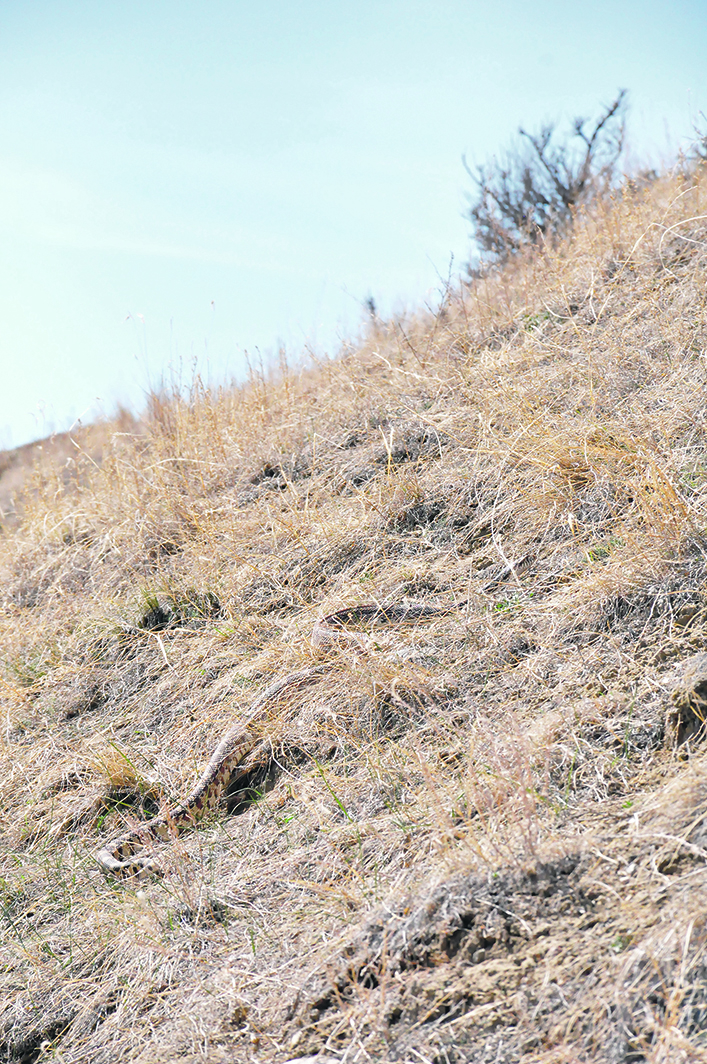
Meanwhile, she said, it will take a lot longer for the predators to bounce back.
For snakes in particular, the gestation period can be a year with the reproduction rate coming in at about every other year at four to a dozen offspring. For rattle snakes, females take an average of six years before reaching sexual maturity. That’s compared with Richardson’s ground squirrels delivering at least a half dozen offspring every spring.




